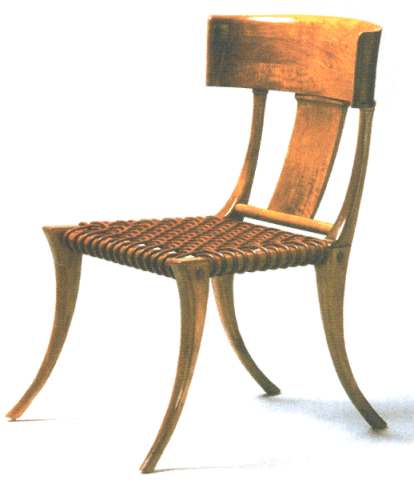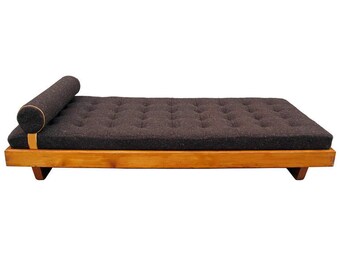The Greek civilization is one of the oldest and most important civilizations today. This era is where western ideas, culture, science, fine arts, medicine and legal systems began.
Many architecture concepts date back to Greek civilization such as columns, perspective, and balance. One of the most important surviving building of this civilization is the Athenian Acropolis. Another example of Greek architecture in today's world would be the well known arch and columns. Doric, Ionic and Corithm. These concept can be spotted almost everywhere around the world. Another well known Greek concept would be their symbols and graphics. These were used in pottery, mosaics and paintings in that era. One of the most iconic motifs were floral, marine, egg and dart and Greek fret or key.
The three most used colors in this civilization were black, red and white. Some of the furniture includes: tables, storage pieces, couch or sofas, beds and the most iconic the Klismos chair.
Modern architecture based on the Greek Civilization
Original Greek Architecture

Ancient Greek Art, Epidaurus, Greece

Greek Key Motif used in modern decoration such as rugs, sofas, pillows, etc.
Ancient Greek Klismos chair

Modern Klismos chair

From Chanel's blog: I liked how she made the comparisons from ancient furniture to today's furniture. Same style more modernistic look.
From Dana's blog: Firstly, I love the way her blog is set up, I liked how she gave an introduction of Greece and why she was interested in that place. I thought it was very good how she shared her favorite piece of furniture, design and architecture. Also I thought it was good how she brought up the columns in the Lincoln Monument in Washington.







